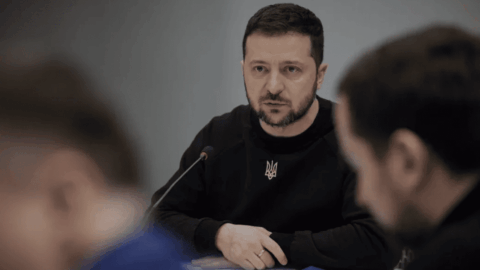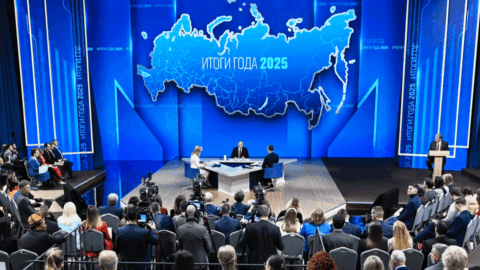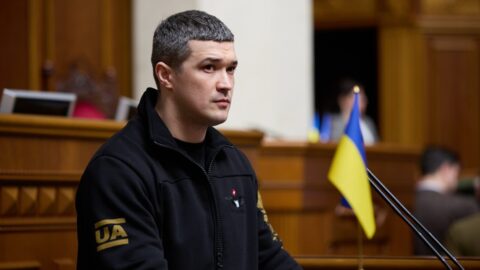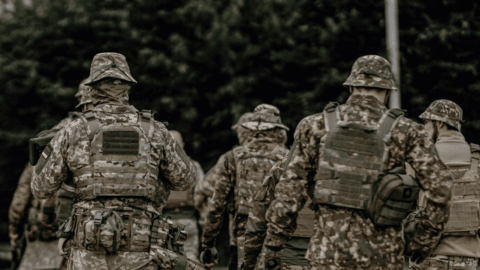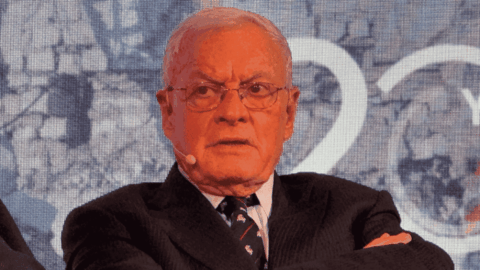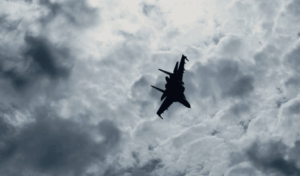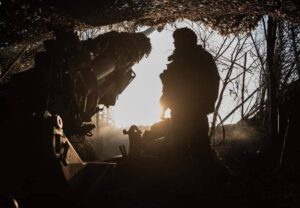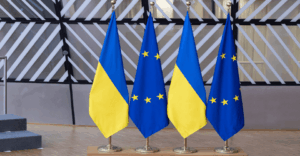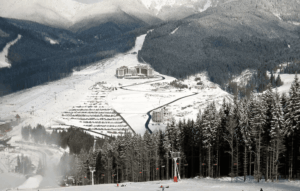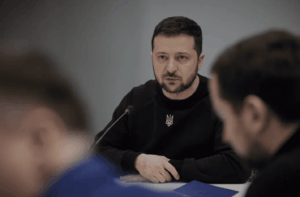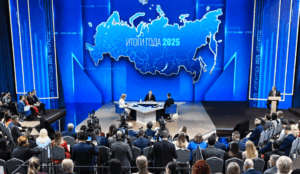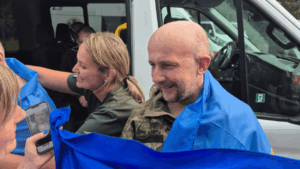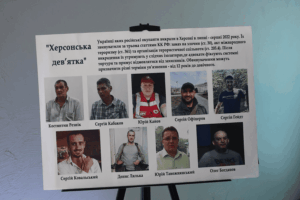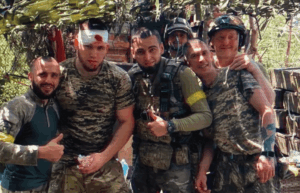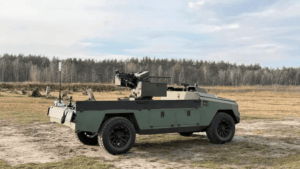In the meantime, the russian forces continue their offensive, trying to capture Rodynske and encircle Pokrovsk-Myrnohrad in Donetsk region. What we’re dealing with now is not just an attempt to push through, but a deliberate effort to throw Ukrainian defense into chaos.
Communication specialist, soldier of the Armed forces of Ukraine reveals.
The enemy continues to press forward with a superior number of infantry, whose task is not only to advance but also to further fragment our defenses, making them less cohesive. It’s no longer just about pushing our forces out of their positions.
The enemy is deliberately trying to push its infantry deeper in. Wherever there’s a chance to slip past our positions and get as far as possible into the rear, they take it. This creates a situation where fighting occasionally breaks out beyond the (very nominal) line of contact — during the movement of our troops, who now know the enemy might appear at a certain depth behind our own positions.
Beyond the obvious risks of friendly fire, the general uncertainty and tension — with everyone aware the enemy could be hiding behind any bush or sneaking up on the positions of drone operators, mortar crews, and others — there’s also another overarching issue.
Resources are being redirected from working on the frontline and targeting the enemy’s first echelon and logistics, toward monitoring the situation within our own sector — trying to identify who exactly is moving through it. Are they ours, or the enemy?
This drains resources that are already in short supply. For example, in the sector of a given brigade, a fire support group is moving through a settlement under our control. They encounter a small enemy unit and engage in combat. One or two enemies are eliminated, while the rest flee and disappear somewhere within certain coordinates.
As a result, aerial reconnaissance in that sector is forced to shift focus to tracking down the remaining members of that group — instead of continuing its crucial work along the frontline.
This, in turn, intensifies the already immense pressure, as the enemy is not only pushing head-on and from the flanks to break through positions, but also creating constant tension in the areas just behind the “zero line.”
While these small enemy groups try to survive and inflict damage, others are gathering in captured villages, tree lines, and industrial facilities, pushing further ahead. Roads that previously saw only foot traffic are now filling with motorcycles and ATVs. Drone pilots and electronic warfare crews are being brought in. And the cycle repeats.
This tactic is designed to fragment our defenses and ease further advancement. The offensive has momentum, and the enemy has infantry — the backbone of their advance. Losses are being replenished with fresh reinforcements and redeployed units, and they will continue doing so as long as their advance continues.
On the western bank of the Kazennyi Torets River, organizing motorized assaults in the area of Razine may still be difficult. However, if the enemy manages to sufficiently expand its foothold there and set up suitable crossings without serious resistance, such assaults may become possible over time.
In some areas, enemy soldiers are advancing even across open fields and anti-tank ditches — often ending up lying there not quite alive or not quite well. This is said without bravado. There are places where the bodies of numerous enemy soldiers have already piled up.
I once wrote that it’s clear the Russian command understands it can afford to take these kinds of losses in pursuit of its objectives. For them, it’s likely better to suffer losses here and now, advancing day by day, than to “preserve” manpower and give us time to stabilize — which could make further advances much harder down the line.
One takeaway now is that we need to monitor not only what lies ahead of us but also what’s happening behind our own lines — and respond accordingly. This again raises the issue of how information flows both vertically and horizontally.
The question still remains: what exactly is this advance aiming to achieve, beyond the obvious goal of encircling and capturing the Pokrovsk agglomeration? And from the other flank — Kostyantynivka. Could there be something more at this stage? Perhaps I’ll write separately about some of my more speculative hypotheses.
If you’d like to support the author for this material, you can do so via
monobank – here.
PayPal – solonko1648@gmail.com
Subscribe here.
Tags: donetsk region frontline pressure infiltration tactics Pokrovsk russia - ukraine war Russian assault tactics Ukrainian defense fragmentation war analysis


